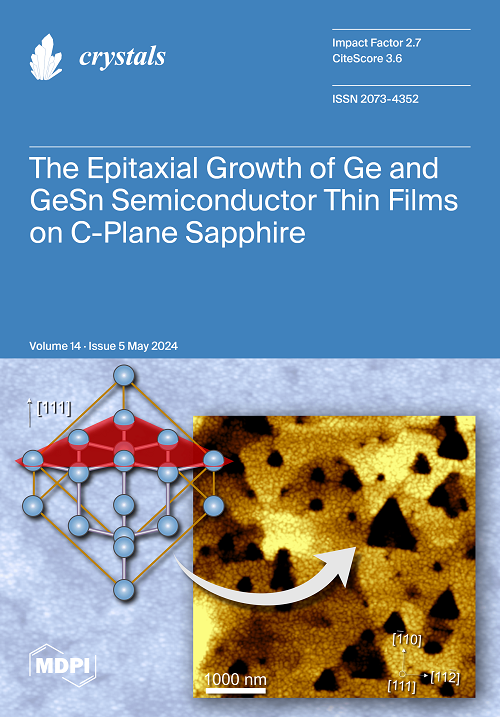西班牙奥利特城堡的珐琅彩砖:特征、来源和制造技术
IF 2.4
4区 材料科学
Q2 CRYSTALLOGRAPHY
引用次数: 0
摘要
本研究的目的是确定奥利特城堡(西班牙北部,14 世纪)的穆德哈尔珐琅彩砖的作者、出处和技术。根据以往的知识,奥利特的珐琅彩砖是在马尼塞斯(西班牙巴伦西亚)制造的。对陶瓷浆料的分析表明存在两种不同的化学成分,这表明使用了两种不同的粘土来源,一种可能来自图德拉地区,另一种来自塔法拉-奥利特地区。可能产自图德拉地区的粘土中透辉石(CaMgSi2O6)含量较高。而可能产自塔法拉-奥利特地区的矿石则以含钙矿物(如方解石(CaCO3)或gehlenite(Ca2Al(AlSi)O7))而著称。据此,马尼塞斯的生产已被排除。不过,马尼塞的工匠很有可能从图德拉开始生产。对珐琅的烧制温度和成分的研究表明,塔法拉-奥利特(800-850 °C)和图德拉(高于 900 °C)的生产方法和使用的材料不同,分别反映了当地工匠和马尼塞工匠的影响。在奥利特瓦片中,珐琅是按照 14 世纪和 15 世纪的配方涂抹的。本文章由计算机程序翻译,如有差异,请以英文原文为准。
The Enamelled Tiles of Olite’s Castle (Spain): Characterization, Provenance, and Manufacture Technology
The objective of this study was to determine the authorship, provenance, and technology of the mudejar enamelled tiles from the Olite Castle (northern Spain, 14th century). According to previous knowledge, Olite’s enamelled tiles had been manufactured in Manises (Valencia, Spain). The analysis of ceramic pastes revealed the existence of two different chemical compositions, suggesting the use of two different clay sources, probably one from the Tudela area, and another from the Tafalla–Olite area. Those probably made in the Tudela area stood out with a higher diopside (CaMgSi2O6) content. Those probably made in the Tafalla–Olite area stood out for their calcium-bearing minerals, such as calcite (CaCO3) or gehlenite (Ca2Al(AlSi)O7). On this basis, production in Manises has been ruled out. However, it is highly probable that the artisans of Manises would have led the production from Tudela. The study of the firing temperatures and composition of the enamels indicated that the production methods and materials used in Tafalla–Olite (800–850 °C) and Tudela (higher than 900 °C) were different, reflecting the influence of local and Manises artisans, respectively. In Olite tiles, enamel was applied following recipes from the 14th and 15th centuries.
求助全文
通过发布文献求助,成功后即可免费获取论文全文。
去求助
来源期刊

Crystals
CRYSTALLOGRAPHYMATERIALS SCIENCE, MULTIDIS-MATERIALS SCIENCE, MULTIDISCIPLINARY
CiteScore
4.20
自引率
11.10%
发文量
1527
审稿时长
16.12 days
期刊介绍:
Crystals (ISSN 2073-4352) is an open access journal that covers all aspects of crystalline material research. Crystals can act as a reference, and as a publication resource, to the community. It publishes reviews, regular research articles, and short communications. Our aim is to encourage scientists to publish their experimental and theoretical results in as much detail as possible. Therefore, there is no restriction on article length. Full experimental details must be provided to enable the results to be reproduced. Crystals provides a forum for the advancement of our understanding of the nucleation, growth, processing, and characterization of crystalline materials. Their mechanical, chemical, electronic, magnetic, and optical properties, and their diverse applications, are all considered to be of importance.
 求助内容:
求助内容: 应助结果提醒方式:
应助结果提醒方式:


